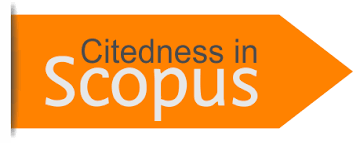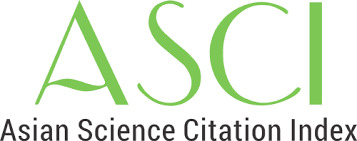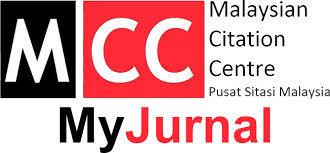Nurturing Quran Literacy: An Exploration on Proficiency Level of Reading Quran Among UiTM Penang Branch Students
Keywords:
Quran literacy, UiTM Penang Branch, religious education, Quranic pedagogyAbstract
This study assesses the Quranic reading proficiency of students at UiTM Pulau Pinang, focusing on seven domains of recitation and examining the relationship between proficiency and demographic factors such as gender, educational background, and prior religious education. A total of 73 students participated in a Quran reading test, and the data was analysed using the Statistical Package for Social Sciences (SPSS) version 22. The findings reveal that most students demonstrated a very good level of proficiency in recognizing letters, pronouncing them according to Makhraj, and reading connection words fluently. Additionally, students showed good proficiency in reading fluently and adhering to short and long vowel rules. However, their performance was fair in applying Tajwid rules and poor in reading with Tarannum. Correlation analysis indicates a positive relationship between fluency and other domains such as adhering to short and long vowels, reading connection words fluently, and applying Tajwid rules. A negligible link was found between Tarannum and letter recognition. An independent t-test showed no significant differences in proficiency based on gender or prior Quranic recitation experience. However, there were significant differences in proficiency based on educational background and prior religious education, with p-values of 0.039 and 0.031, respectively. Overall, Quranic proficiency among students is influenced by various factors, particularly prior religious education.















